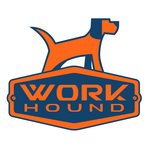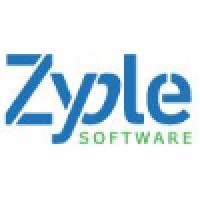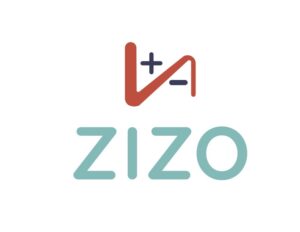Exploring Employee Engagement Software With Access Control
Employee engagement software with access control is a system that helps businesses manage who can view and interact with specific information on the platform. Access control limits data access based on user roles, ensuring that sensitive employee information and company data are only available to authorized personnel. This allows companies to protect valuable information while improving the user experience.
Employees gain access to the tools they need according to their roles, and administrators can easily manage permissions. This added security helps build trust while maintaining smooth operations.
Why Is Access Control Essential?
Access control is crucial in employee engagement software for many reasons.
- The system protects sensitive employee data, so only authorized individuals can access confidential information such as performance reviews, salary details, or personal data.
- It protects employee privacy and helps organizations comply with data protection regulations.
- Employee engagement software with access control enhances user experience by personalizing what each employee can see and do within the platform. This customization reduces confusion and ensures employees have access to information relevant to their roles.
- It builds trust, improves security, and promotes a more efficient and compliant work environment.
How To Set Up Access Control In Employee Engagement Software?
To set up access control in your employee engagement software, follow these simple steps:
1. Define User Roles: Identify roles based on job functions such as HR admins, team managers, and employees, and determine the permissions each role requires. For instance, HR may need full access to surveys and analytics, while managers might only need access to team-level data.
2. Use Role-Based Access Control (RBAC): Assign permissions systematically according to the defined user roles. This ensures that each employee can only access the information necessary for their tasks.
3. Adopt the Principle of Least Privilege: Grant minimal access needed for each role to reduce risks. This helps protect sensitive information.
4. Regularly Audit Roles: Periodically review user roles and permissions to remove outdated access, especially after changes in job roles.
5. Collaborate with Department Heads: Work together with department leaders to tailor access permissions for cross-functional teams.
6. Implement Multi-Factor Authentication (MFA): Enabling MFA enhances security, adding an extra layer of protection against unauthorized access.








